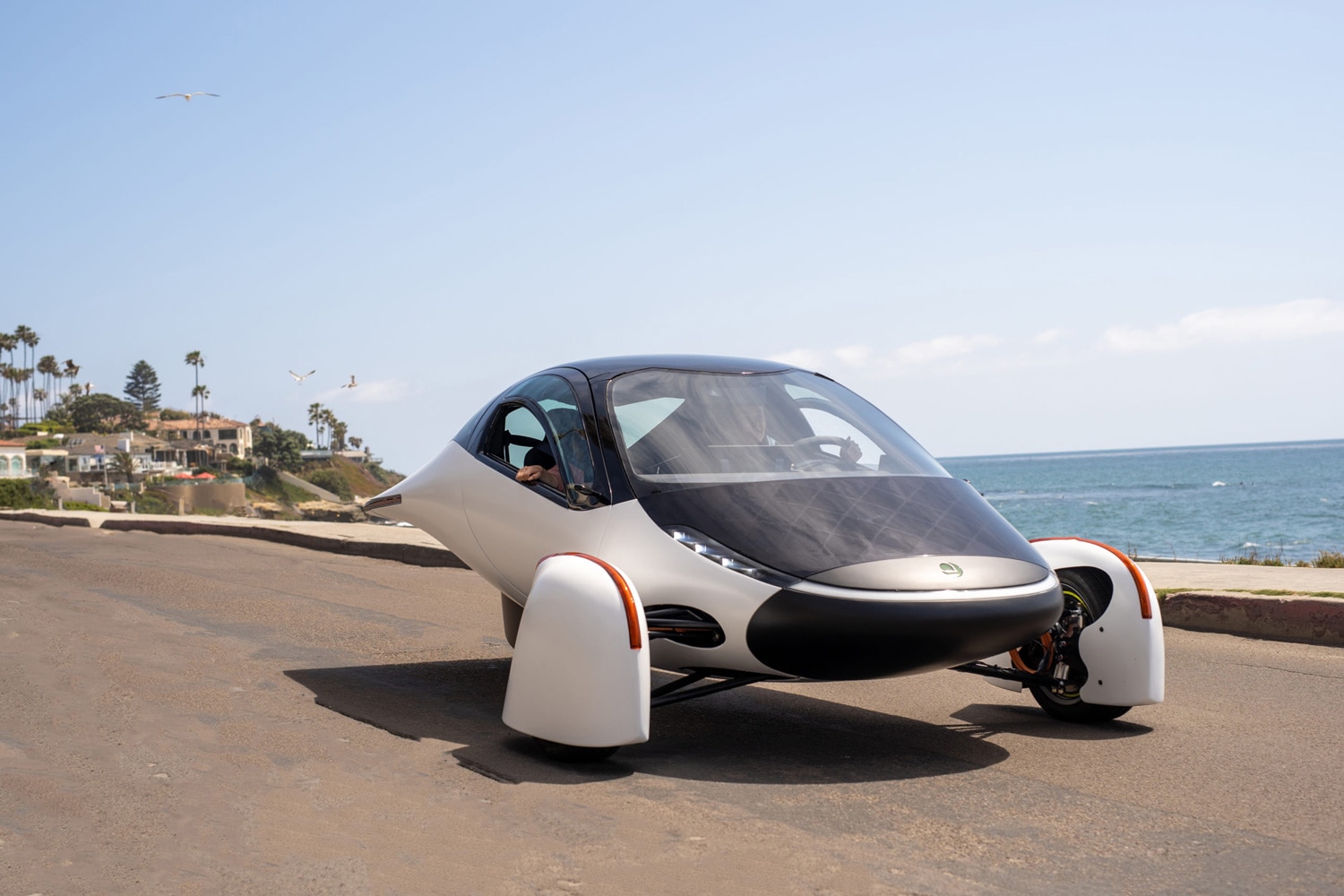Guide to Aptera EVs: Models, Cost, Availability, and Range
This aspiring EV-maker plans to harness the power of the sun.
 Aptera
Aptera
Article QuickTakes:
What Is Aptera?
Aptera has had two lives. Formed in 2006, the company’s first incarnation developed an enclosed, two-seat trike with futuristic styling and an ultra-efficient powertrain. The vehicle had a passionate fanbase, but Aptera struggled to raise the money to build it. And in 2011, the company went into liquidation.
Eight years later, things had changed. The auto industry (and government) was more amenable to electric vehicles, and original founders Chris Anthony and Steve Fambro thought the time was ripe to give Aptera another shot. They used a crowdfunding campaign on WeFunder to start the resurrection, promising people that Aptera would create the world’s first consumer-viable, solar-assisted vehicle. The company raised $200,000 from that endeavor in 2019 alone and soon decided to seek greater investment by selling shares through its website and organizing large funding rounds. As of 2022, more than 22,000 people have made a reservation for an Aptera electric vehicle, and the company has leased a California assembly plant in which to build them.
 Aptera
Aptera
What Kinds of Electric Vehicles Will Aptera Build?
Currently, Aptera has plans to make one model: a solar-assisted, three-wheeled teardrop called the Aptera. Designed for maximum efficiency, it looks as slippery as a dolphin, with a design heavily informed by wind-tunnel testing. The vehicle makes use of aerospace composites to keep weight down and strength up, and the company claims that most people will be able to get 40 miles of range each day from the built-in solar panels—which means some owners may even be able to skip charging the EV altogether.
Given the Aptera is technically a three-wheeled motorcycle and not a car, the company is unencumbered by certain safety standards that apply to four-wheel, road vehicles. However the firm says its passenger cell is stronger than that of any on the road today and "will leave you unscathed" in an accident.
 Aptera
Aptera
How Much Will an Aptera Electric Vehicle Cost?
Pricing depends on battery size. The entry-level, 25-kWh Aptera has 250 miles of range, and starts around $26,000, while the next-step-up 40 kWh can travel 400 miles and starts around $30,000. Above that, the company will offer a 60-kWh model, promising 600 miles of range for about $35,000, or buyers may choose the top-of-the-line, 100-kWh version, which promises an impressive 1,000-mile range for $45,000. The company is unclear whether its base prices include a destination charge.
The Aptera comes with a solar roof and dash, but the company also offers solar power in the hood for $300 and the hatch for $600. Front-wheel drive is standard, while an all-wheel-drive system is a $2,500 option.
When Will Aptera EVs Go on Sale?
Aptera is taking preorders, asking for a $100 deposit. It says the first examples will roll off the line by the end of 2022, but we expect only a small number of early reservation holders will receive their three-wheelers this year; most people will have to wait until 2023 or 2024 to take possession of an Aptera.



